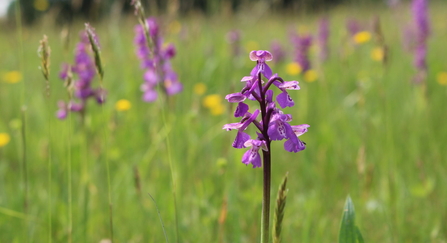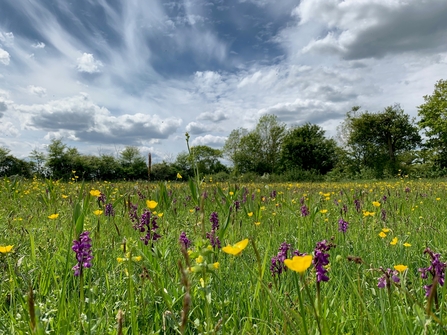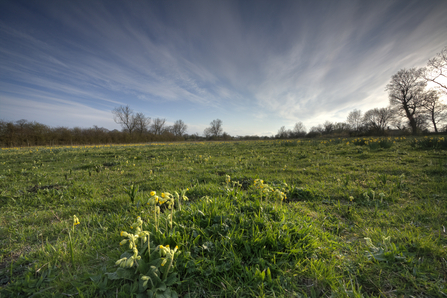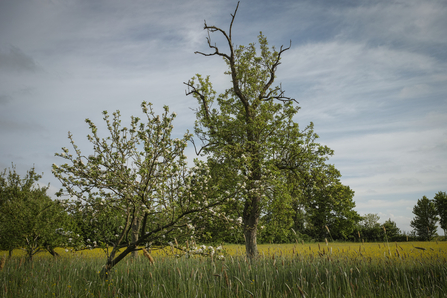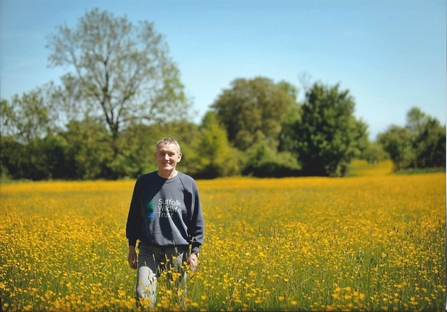I joined the Suffolk Wildlife Trust shortly after moving to Suffolk in the 1970’s but it wasn’t until the mid ‘80’s that I decided to take a more active part in conservation.
I was studying a course on the Suffolk landscape and its conservation and one of the other students was the warden of Martins’ – Evangeline “Voline” Dickson. We visited the meadows as part of the course and I was impressed with the beauty of the place and the really peaceful atmosphere. I helped Voline carry out her flower count surveys of the orchids and snake’s-head fritillaries for that season, which in those days took about 8 hours to complete each one! At the end of the season Voline said that, as I had helped out so much, I should be deemed to be an assistant warden (flattery gets you everywhere)! At the end of the next season she told me that her art work commissions (she was an esteemed water colour artist and illustrator) were going to be taking up so much time that she thought it would be best if I took over as the actual warden! Fortunately Voline was a good teacher and also was very supportive as I took over the role. The flower counts had been started shortly after the Trust acquired the meadows and are continuing to this day. So we have records going back for 40 years now This year has been spectacular for the numbers of flowers that have appeared. We counted just under 6 000 green-winged orchids and the snake’s-head fritillaries have had their best show since 1995.

